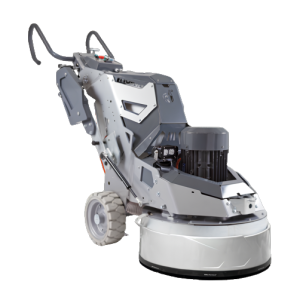We use cookies to ensure that we give you the best experience on our website. If you continue to use this site we will assume that you are happy with it. Learn more
Wet vs Dry Concrete Floor Polishing
Concrete Floor Polishing: Wet vs Dry
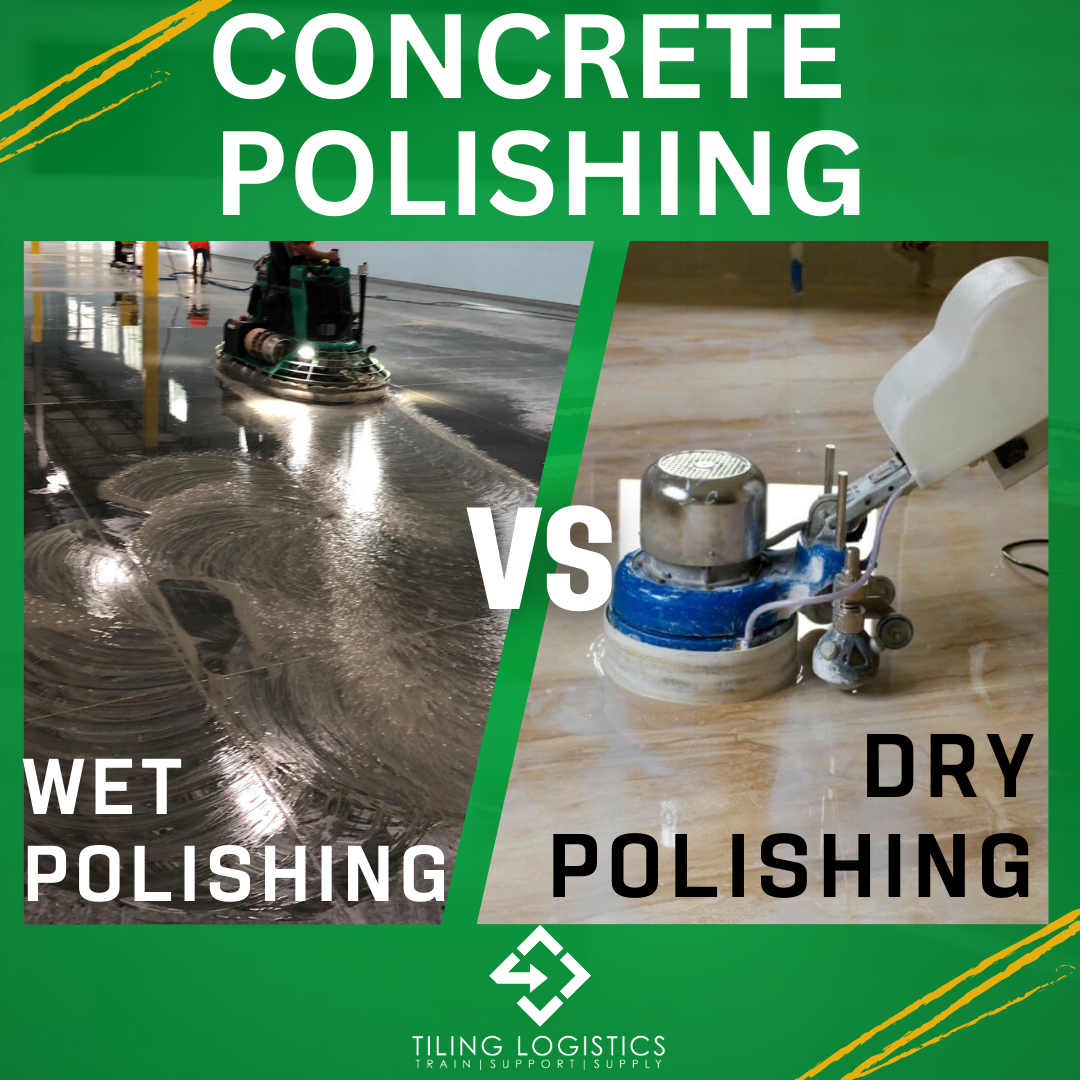
The choice between wet and dry polishing depends on the specific requirements of the job, including the desired finish, the working environment, and practical considerations such as dust control and clean-up. In this article, we'll break down everything you need to know about wet and dry concrete polishing to help you make the best decision for your needs.
Concrete polishing is a process whereby installed concrete slabs are polished with flooring polishing and grinding machines equipped with industrial diamonds. During this process, the concrete is polished and honed using increasingly finer grits of diamond abrasives until a desired level of shine is achieved. The shine ranges from matte to high gloss.
Levels of Polished Concrete
Level 1 - The first level of polished concrete is a soft matte finish. At this level, concrete appears soft or hazy with low levels of clarity and reflection.
Level 2 - Next, this level of polished concrete has a low lustre sheen. Level 2 is the most common floor finish for concrete. You may see a slight overhead reflection when looking from around 100ft away.
Level 3 - This level of polished concrete has a medium gloss finish. At this level, the concrete has a gloss clearly reflecting objects. Traditionally, you'll find a medium gloss finish in restaurants, large retailers and breweries. The floor will clearly reflect light at about a 30-50 ft distance.
Level 4 - Finally, this level of polished concrete has a high gloss finish. This polish produces the highest level of shine, similar to glass with high light reflectivity. The floor almost appears wet from many angles.
Wet Floor Polishing -
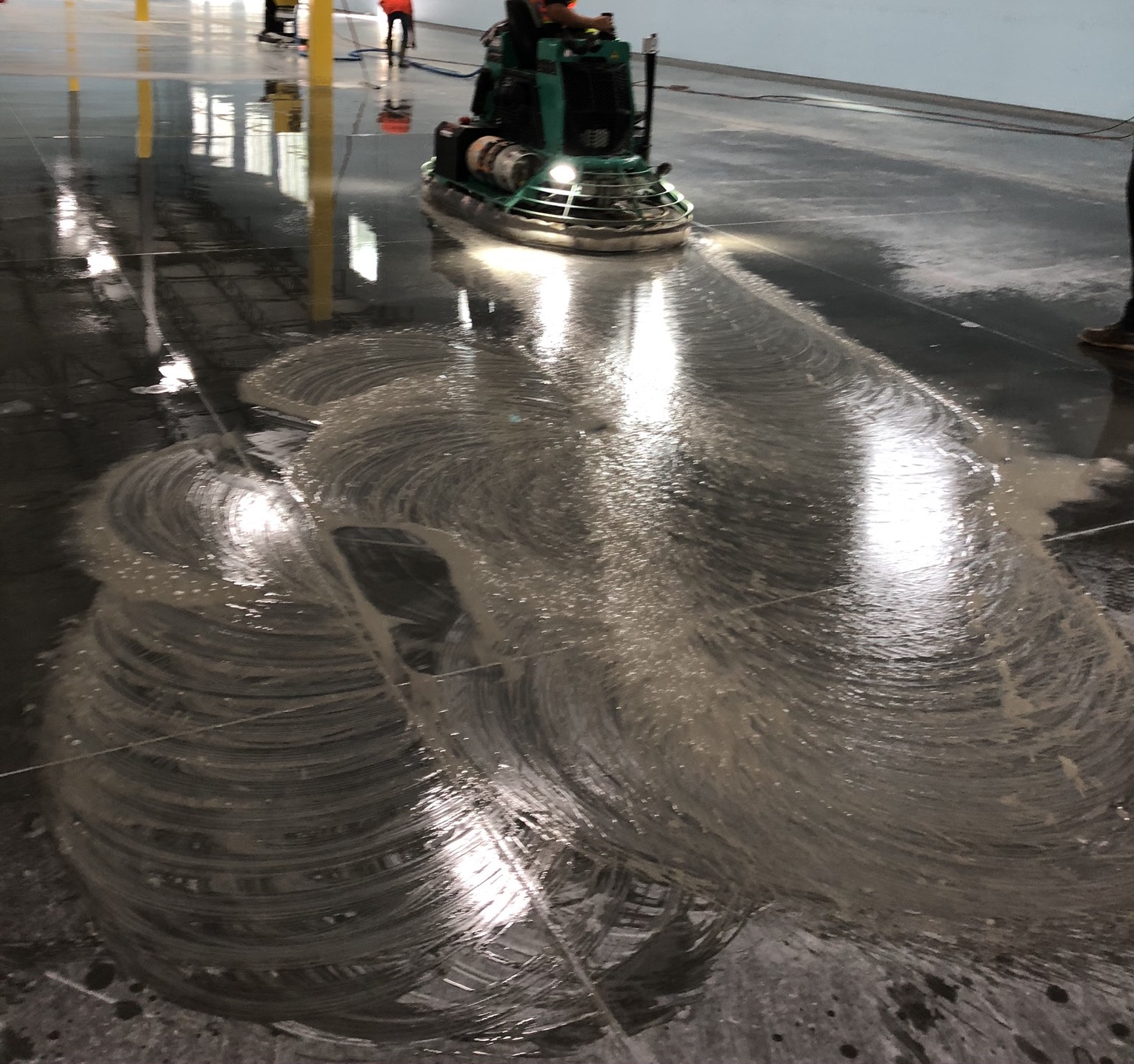
The purpose of wet polishing
Wet floor polishing uses water to create a slurry, capturing any dust without it becoming airborne and keeping it away from the surrounding areas.
Using water to polish stone floors helps to keep the diamond abrasives cool during the process. In addition, it reduces friction on the surface.
Typically, wet polishing is the preferred choice for indoor use thanks to the lack of dust. This is especially useful for areas where dust would cause harm such as hospitals.
There is less risk of overheating the stone or the polishing equipment.
Required Equipment for Wet Floor Polishing
First of all, concrete polishing is done with diamond pads. If you’re in need of wet polishing pads, we suggest the Spiral Polishing Pads.
The spiral design of these polishing pads maintains a more efficient flow of slurry, helping to keep the job site clean.
You’ll also need a polishing machine with a water feed system to keep the surface wet. Or, you should have a water bottle or watering can on hand to pour over the surface to maintain the slurry.
To get rid of the resulting slurry, your best bet is a wet vac to keep things quick and easy.
Dry Concrete Polishing -
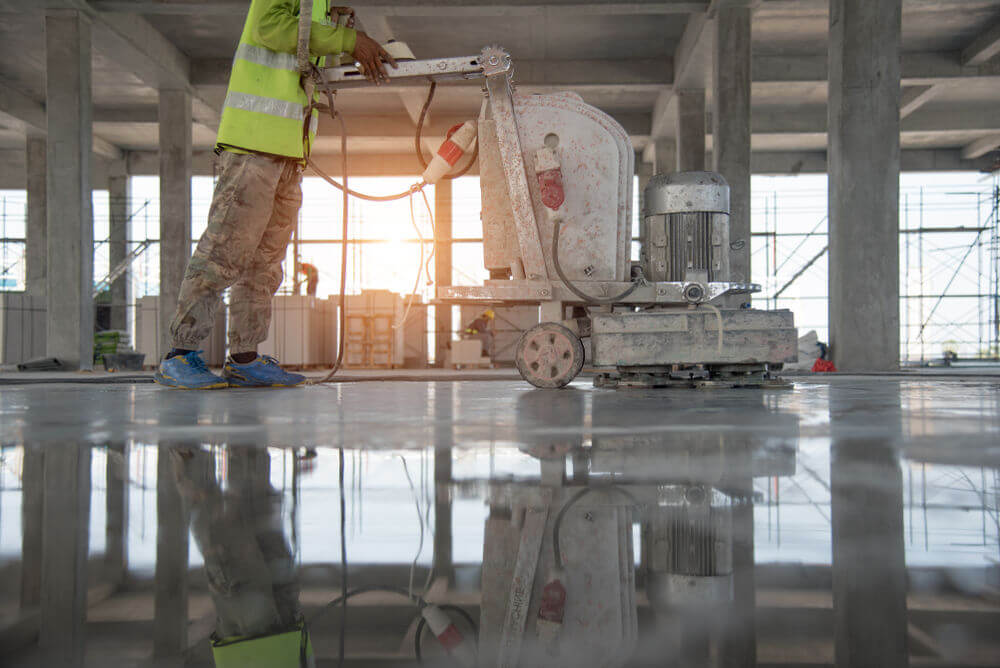
The purpose of dry polishing
Dry polishing doesn’t require water, instead using mechanical means to achieve results. Although, this increases the amount of dust produced during the process. As such, dry polishing is better done in outdoor areas.
Without using water, there is no slurry to clean afterwards making dry polishing useful for shorter projects with time constraints.
Required Equipment for Dry Polishing
Dry polishing is done using dry diamond pads or resin-bonded pads.
We suggest using the 3-step concrete polishing pad system for dry polishing.
At every stage of the dry polishing process, a different abrasive disc is necessary. At earlier stages, you should use diamond grit with coarser texture. Then you should move to finer ones during the later stages to obtain a better shine.
Typically, machines are equipped with vacuum attachments to better manage dust. Otherwise, a vacuum or dust extractor should be used after polishing.
Comparing the two: Dry vs Wet Polishing
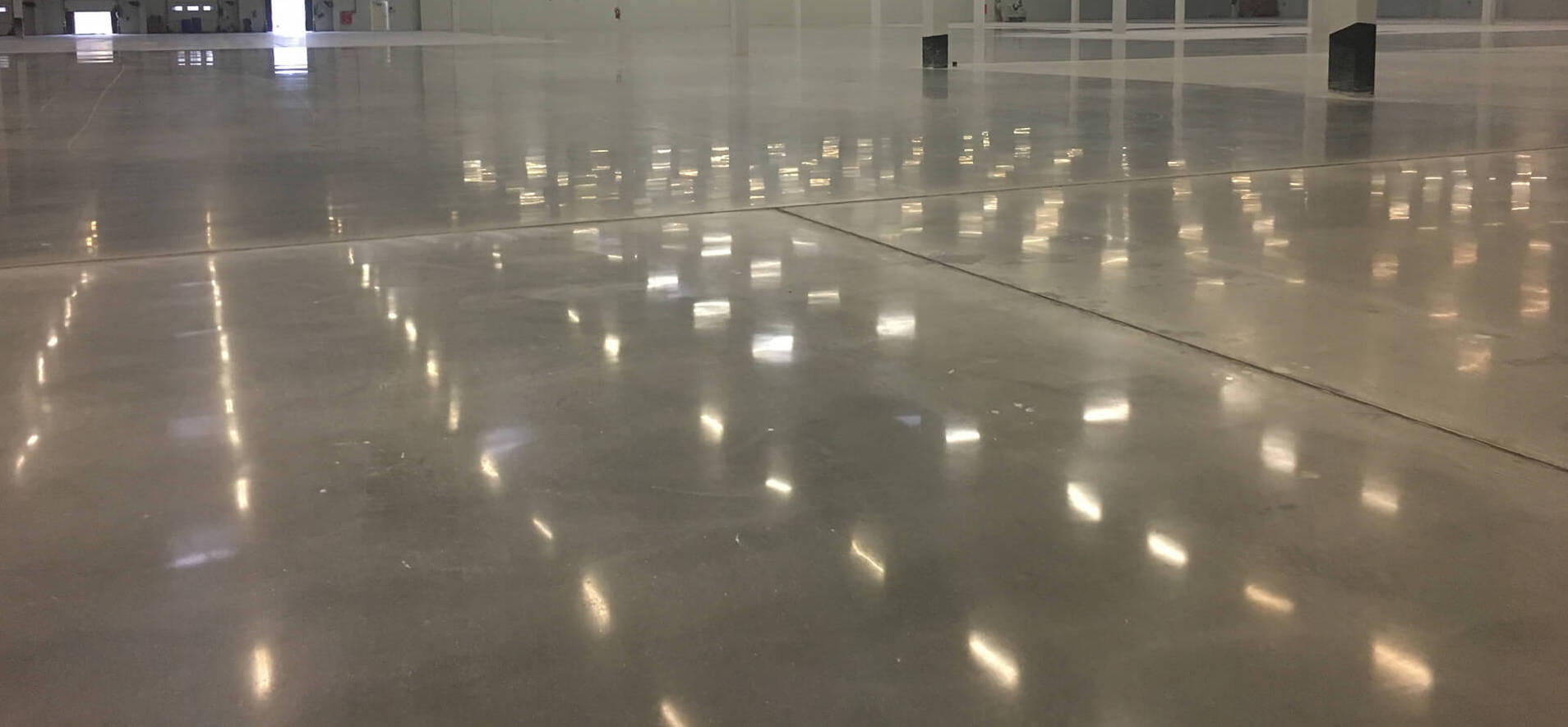
When comparing methods of polishing stone flooring there are a number of metrics to measure.
Shine
If you are looking for a high-level, glossy shine choose dry polishing. Dry polishing achieves a higher gloss finish and can even enhance the stone’s natural colours.
Speed
Typically, dry polishing is faster because there is no need to manage water or slurry.
Speed also goes to dry polishing when you are planning to coat newly polished floors. Wet polished floors must dry for several days before the coating process.
Due to its speed and lack of clean-up time, dry polishing lets you see the results as soon as the work is done. This makes assessment easier so you can spot any necessary improvements before leaving the site.
Scratch Removal
The water involved in wet grinding helps remove any imperfections left in the surface by the initial stages of the process.
Heat
As it uses water, wet polishing produces less heat keeping diamond tools cooler. This actually increases the lifespan of your tools.
Also, using water prevents tools from glazing over and allows them to grind more aggressively for longer, even letting them cut faster.
In contrast, without careful application, dry floor polishing leads to overheating and glazing.
Clean Up
After dry polishing, you must use a vacuum to clean up any resulting dust.
In contrast, wet polishing doesn’t produce any dust, but it does lead to a slurry. Generally, getting rid of wet slurry is a longer process than vacuuming away any dust after polishing.
How do you decide?
To put it simply, there is no overall best choice. The decision to wet polish or dry polish stone floors should be made by the contractor on a case-by-case basis.
When making this decision consider the results you or the client want, your timetable and the environment.
If you want any advice while making your decision, reach out on 0121 773 9129 or send us a message online.
Lavina - Floor Polishing, Grinding and Cleaning Machines and Equipment
Series 7 L25E Concrete Polishing Machine
First on our hit list of need-to-know Lavina machines is the L25E Concrete Polishing Machine. It is a member of the elusive Series 7 and perfectly displays each feature of this range.
The Lavina Series 7 polishing machines shine in wet grinding due to a new water system. It has 2 valves that deliver water to the machine using gravity, eliminating the need for a pump or misting system.
It has a completely new frame offering greater manoeuvrability for use around awkward spaces.
The S7 machines have a dust-proof grinding head making them easier to keep clean and ensuring a longer service life. To this point, the machines also feature a low-friction chain gear planetary drive.
Furthermore, the Series 7 is an upgrade in dust collection efficiency when compared to older models of the Lavina floor grinding and polishing range. The efficient dust collecting comes from an adjustable skirt and flexible brush on the machine. The vacuum hose connection is also near the dust source.

